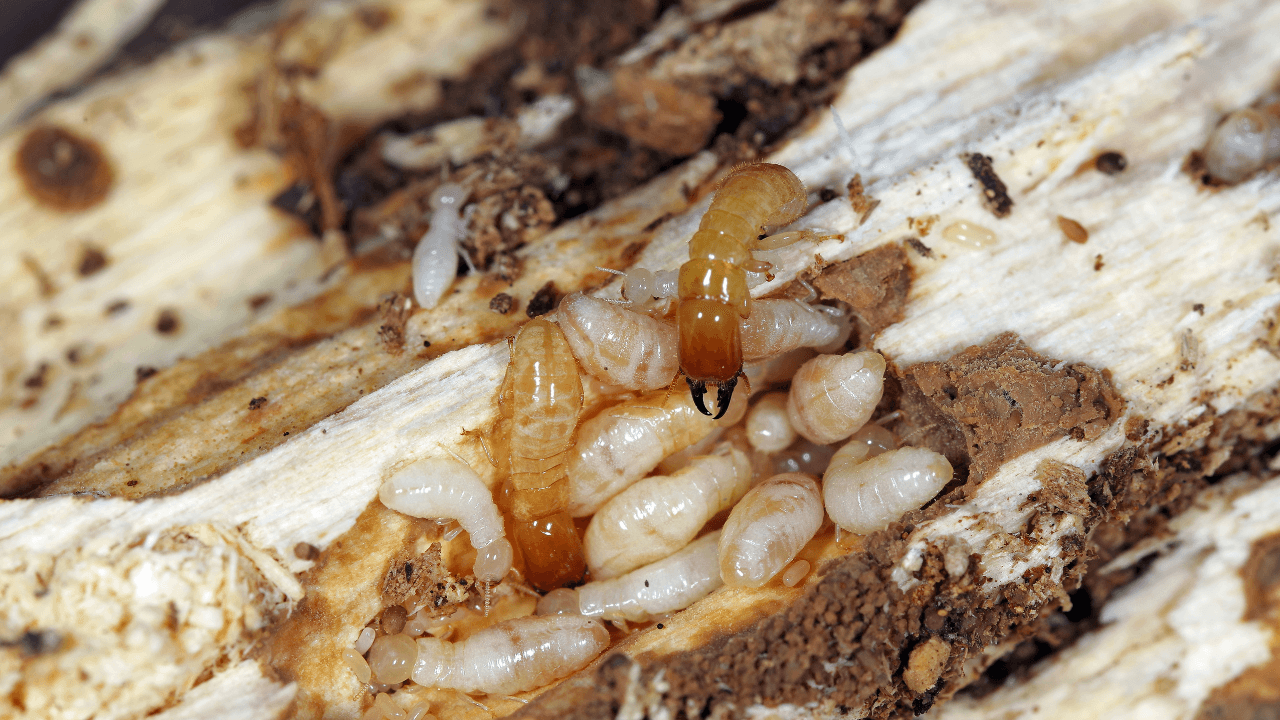
5 Signs of a Termite Infestation
Last updated on October 25th, 2023 at 06:48 pm
Termites can be a homeowner’s worst nightmare. These tiny, wood-munching pests can cause extensive damage to your property if you have termites left unchecked. In this article, we will explore the five key signs of termites that indicate a termite infestation lurks in your home. By being aware of these signs, you can take prompt action to protect your property from these destructive creatures.
The Silent Invaders: Termites
Termites are often referred to as “silent invaders” for a good reason. They can quietly and stealthily make their way into your home, causing structural damage that may go unnoticed until it becomes severe. Understanding the signs of termites is crucial for early detection and prevention.
How do you know you have a termite infestation?
Detecting a termite infestation early is crucial to minimize damage. Understanding the signs and being vigilant can help you take prompt action. Here’s a more detailed explanation of these signs of termites:
1. Mud Tubes
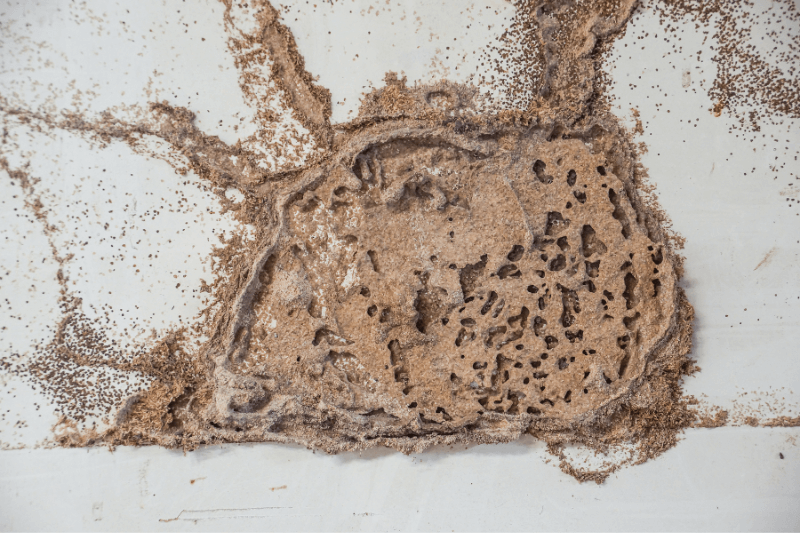

Mud tubes are one of the most common signs of a termite infestation. Termites build mud tubes, which are narrow tunnels made of soil and saliva. These mud tubes serve as a protected pathway for termites to travel between their underground nests and their food source, which is often the wooden structures in your home. Mud tubes are a clear sign of termite activity and are typically found along the foundation, walls, or wooden beams. When you notice these mud tubes, it’s essential to take immediate action as they indicate an active infestation.
2. Hollow-Sounding Wood

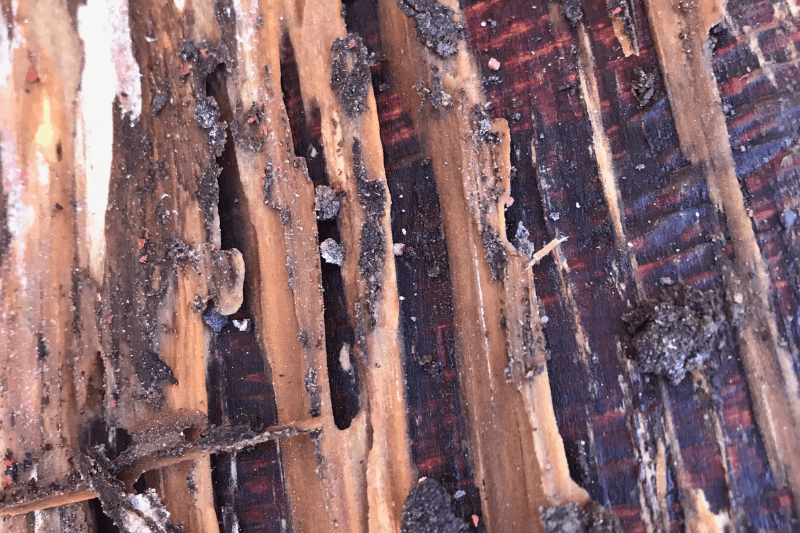
Hollow-sounding wood is another unmistakable sign of termites. Termites feed on the cellulose within the wood, and as they consume it, they create hollow spaces within the infested wood. When you tap or knock on a wooden surface that has been damaged by termites, it may produce a distinct hollow or papery sound. This is because the internal structure of termite wood has been compromised. Be particularly watchful in areas where wood is in direct contact with the soil, such as wooden supports for decks or fences, as these are prime entry points for termites.
3. Termite Swarmers
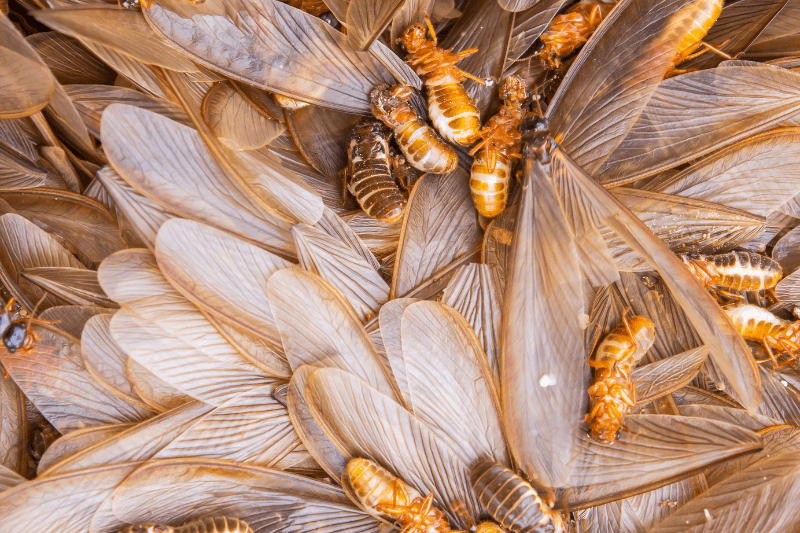

Termite swarmers are often a sign of a mature colony nearby. Termites typically swarm during specific times of the year when they are seeking to establish new colonies. These winged reproductive termites, also known as alates, emerge in large numbers. If you notice a sudden influx of flying insects with straight bodies and long wings around windowsills, doors, or other entry points, these could be termite swarmers. The presence of termite swarmers indicates that a swarm occurred nearby and that there may be an established colony in the vicinity. It’s crucial to investigate further if you observe termite swarmers.
4. Drywood Termite Droppings


Drywood termites, in particular, leave behind distinctive signs of their presence, known as drywood termite droppings. These droppings are often referred to as frass. Drywood termite droppings resemble small, hexagonal-shaped pellets and have a distinct appearance. If you come across these drywood termite droppings, especially near wooden structures or furniture, it’s a strong indicator of termite presence. Cleaning up the droppings won’t solve the infestation; professional intervention is necessary.
5. Damaged Wood
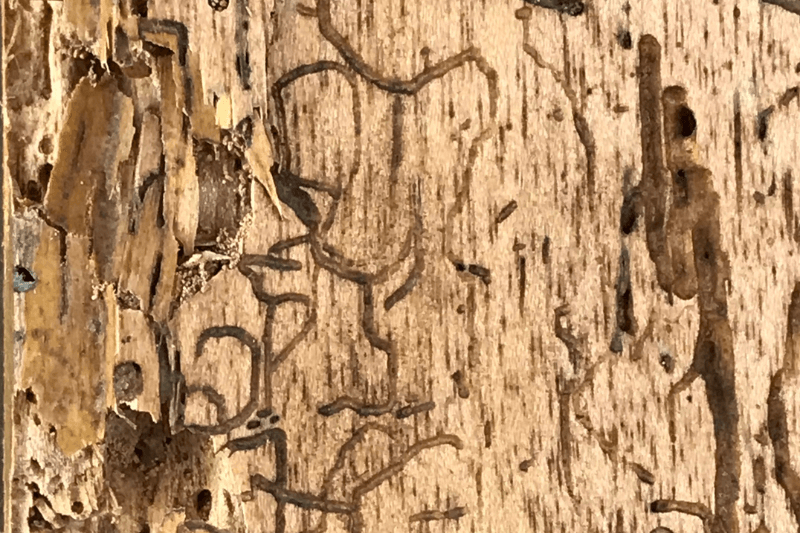

As termites consume the cellulose of termite wood, they can cause structural damage that leads to damaged wood. When you notice that your floors or walls have started to deform or show signs of termite damage, it’s essential to have them inspected for termite activity promptly. These changes in the structure of a termite home are a more advanced sign of termite infestation and should not be ignored.
By being aware of termites these signs of termites and promptly addressing any suspicions of termite activity, you can protect your home from the damaging effects of termite infestations. Early detection and professional pest control services like Environet Pest Control are key to effectively managing and eliminating termites.
How to Stop a Termite Infestation
Stopping a termite infestation requires a proactive approach to prevent these destructive pests from gaining a foothold in the building. Here are some effective steps to take:
Regular Inspections
Schedule regular termite inspections by a professional pest control service like Environet Pest Control. They can detect termite activity even before it becomes visible.
Eliminate Moisture
Termites are attracted to moisture. Fix any leaks, repair plumbing issues, and ensure proper drainage around your home to reduce moisture levels.
Remove Wooden Debris
Clear away wood debris, such as fallen trees, stumps, or old wooden structures near your home. Termites often use these as entry points.
Chemical Treatments
Professional pest control services can apply chemical treatments to create a protective barrier around your home, preventing termites from entering.
The Meaning of Termite Infestation
A termite infestation refers to the presence and activity of termites within a structure or area, particularly in the context of termite homes or buildings. Termite infestations can significantly damage termites in wooden structures, potentially compromising their integrity and safety.
Best Home Remedy for Termite Infestation
When faced with a termite infestation in your home, it’s natural to explore various remedies and solutions. However, the best home remedy, especially when dealing with termites, is to exercise caution and prioritize the safety and integrity of your house. But here are two home remedies you can try as a temporary measure:
Cardboard Traps
Place wet cardboard near areas where you suspect termite activity. Termites are attracted to the cellulose of cardboard and may gather there. Dispose of termites from the infested cardboard away from your home.
Sunlight Exposure
Exposing infested wooden items to direct sunlight can help kill termites. Move wooden furniture or items outside on a sunny day.
Do not use any chemicals on your own
Termite infestations can be complex, and attempting to treat them with chemicals without the proper knowledge and experience can lead to ineffective results or even worsen the situation. Many over-the-counter products claim to eradicate termites, but these can be hazardous if not used correctly.
It’s essential to resist the temptation to apply chemicals like the common one, Solignum, without professional guidance. Chemical treatments should be administered by trained pest control experts who can assess the extent of the infestation and apply the appropriate solutions safely.
Moreover, do not take advice from people you do not know, especially when it comes to termite control. Relying on unverified recommendations can lead to costly mistakes, and when it involves your home, the stakes are high.
Remember, your house is a significant investment, and termite infestations can compromise its structural integrity. The best course of action is to contact a reputable pest control service like Environet Pest Control and request for a termite inspection. Our expertise and experience in termite control ensure that the infestation is addressed effectively and safely, preserving the value and safety of your home.
Conclusion
Termite infestations are a serious concern for homeowners in the Philippines and around the world. Detecting the signs of termites early can save you from costly structural repairs. Keep an eye out for mud tubes, hollow-sounding wood, discarded wings, damaged wood, and frass piles. If you suspect a termite infestation, it’s crucial to contact a professional pest control service like Environet Pest Control immediately to assess and address the building issue.
If you have pest problems, book Contact Environet Pest Control or get a termite inspect for FREE!
Frequently Asked Questions (FAQs)
How fast can termites cause damage to termites in a home? Termites can cause significant damage to termites in a relatively short time, depending on the size of the colony. Some infestations can go undetected for years, leading to extensive structural damage.
Are there any DIY methods to get rid of termites? While there are some DIY methods to deter termites temporarily, such as using termite-resistant wood or applying insecticide, it’s highly recommended to seek professional pest control services for effective and long-term termite prevention and removal.
Can termites be completely eradicated from the building? Complete eradication of termites from the building can be challenging, but professional pest control companies have the expertise and tools to effectively manage and minimize termite populations.
How often should I have my home inspected for termites? It’s advisable to have your home inspected for termites at least once a year, especially if you live in an area prone to termite infestations.
